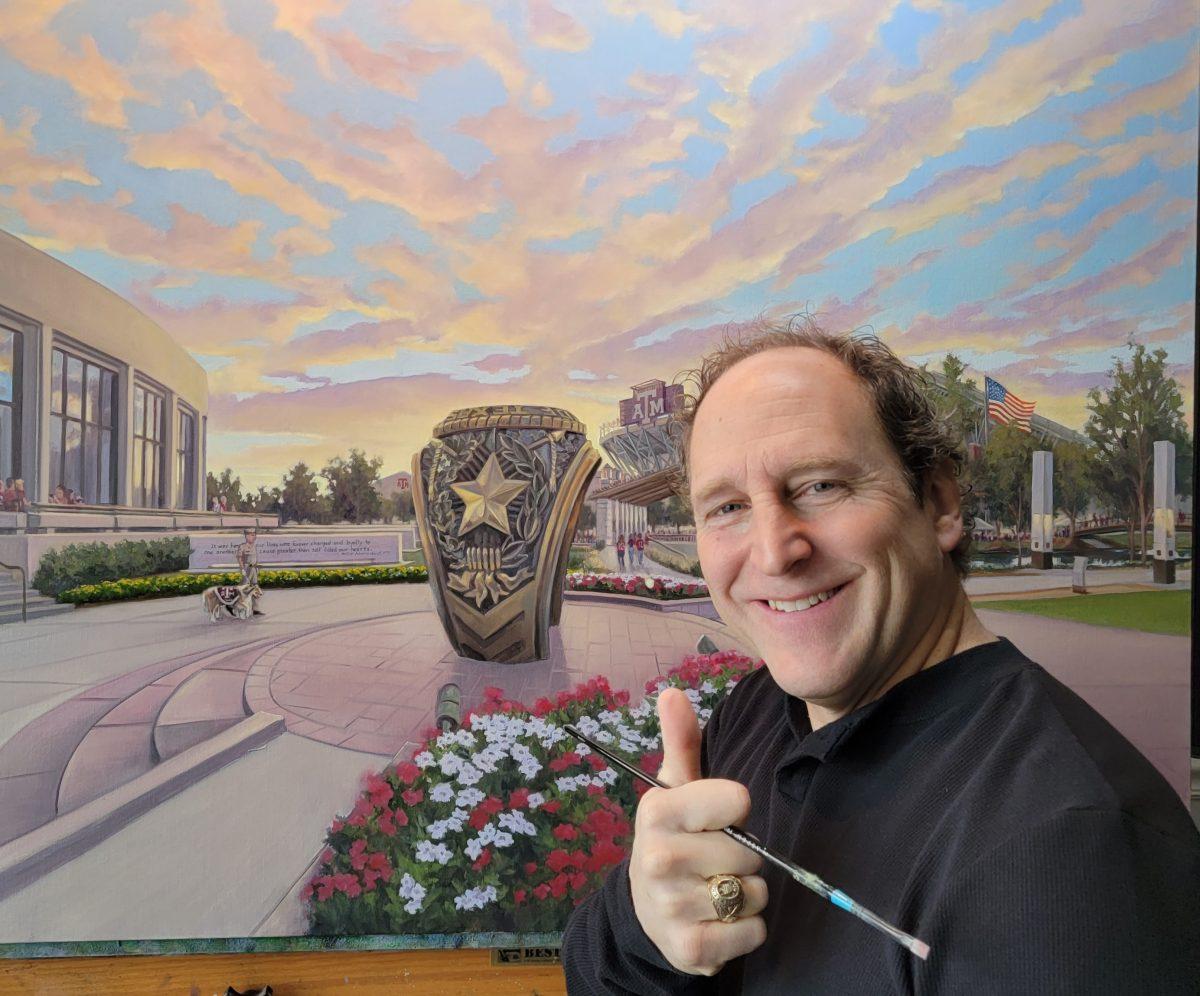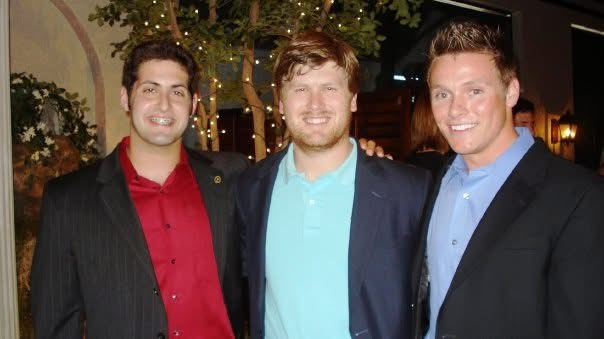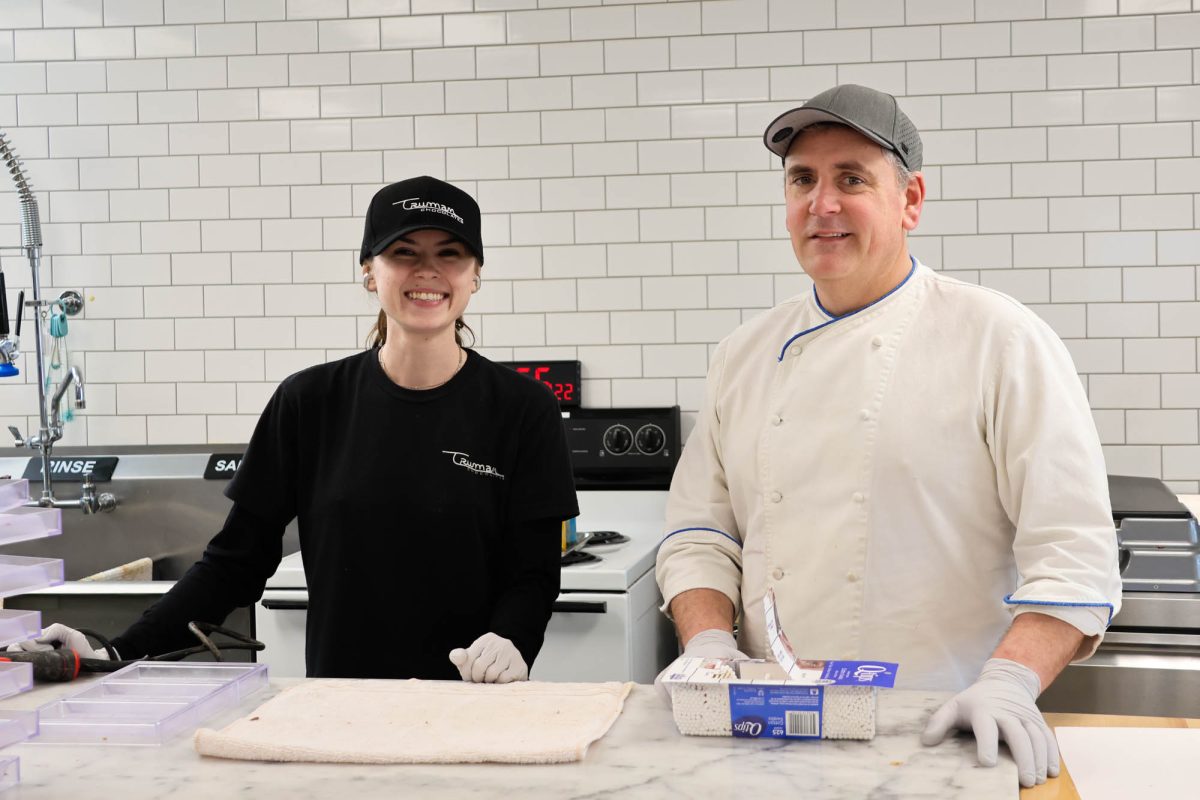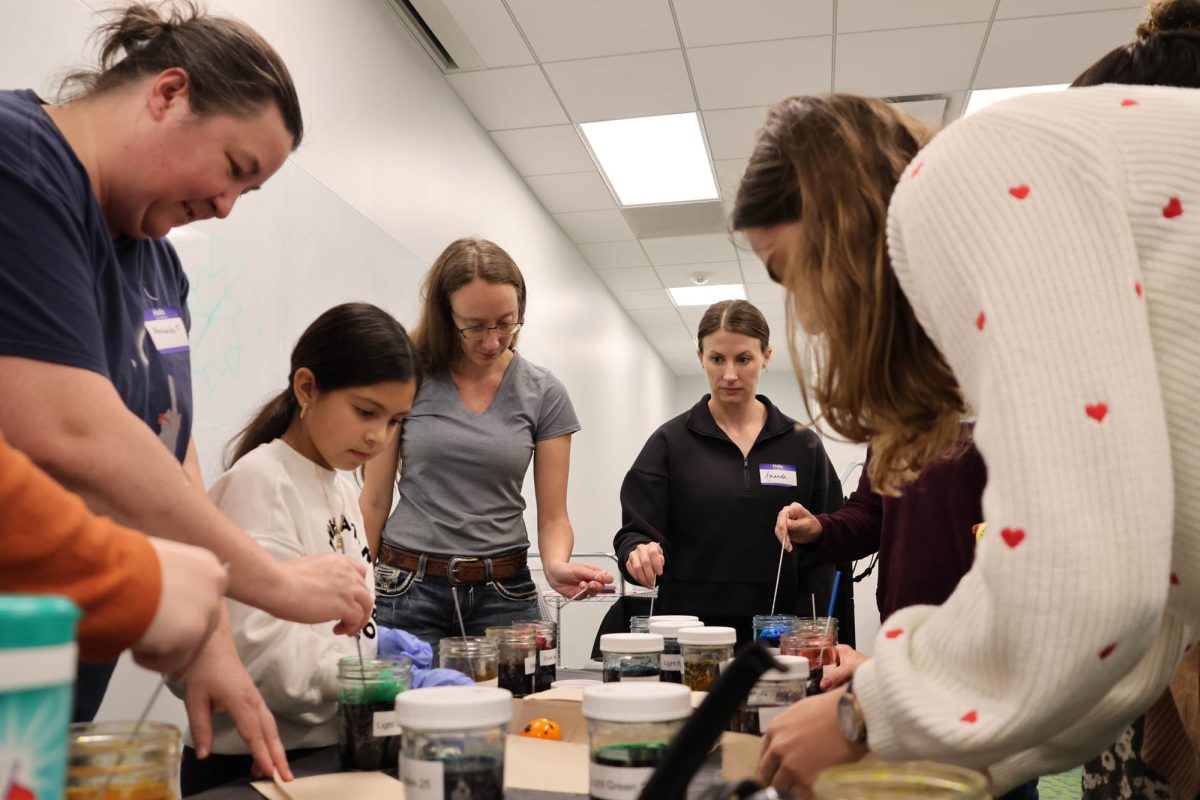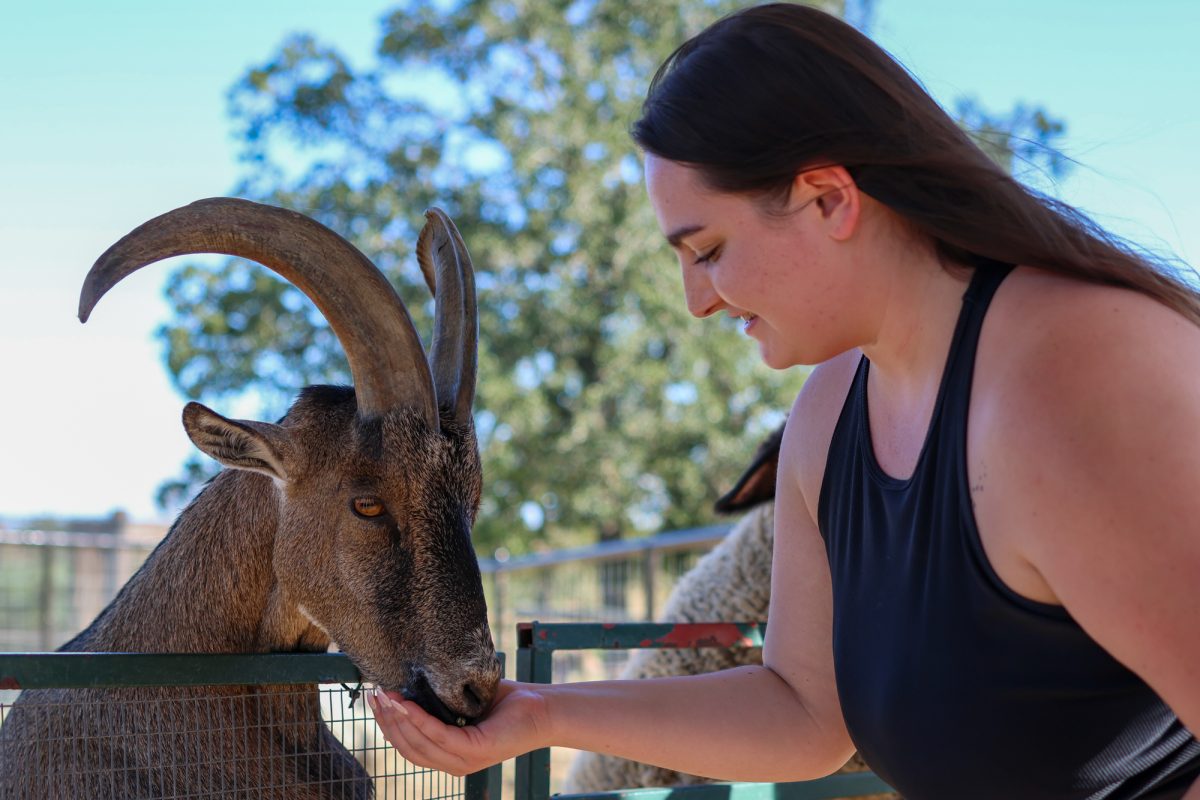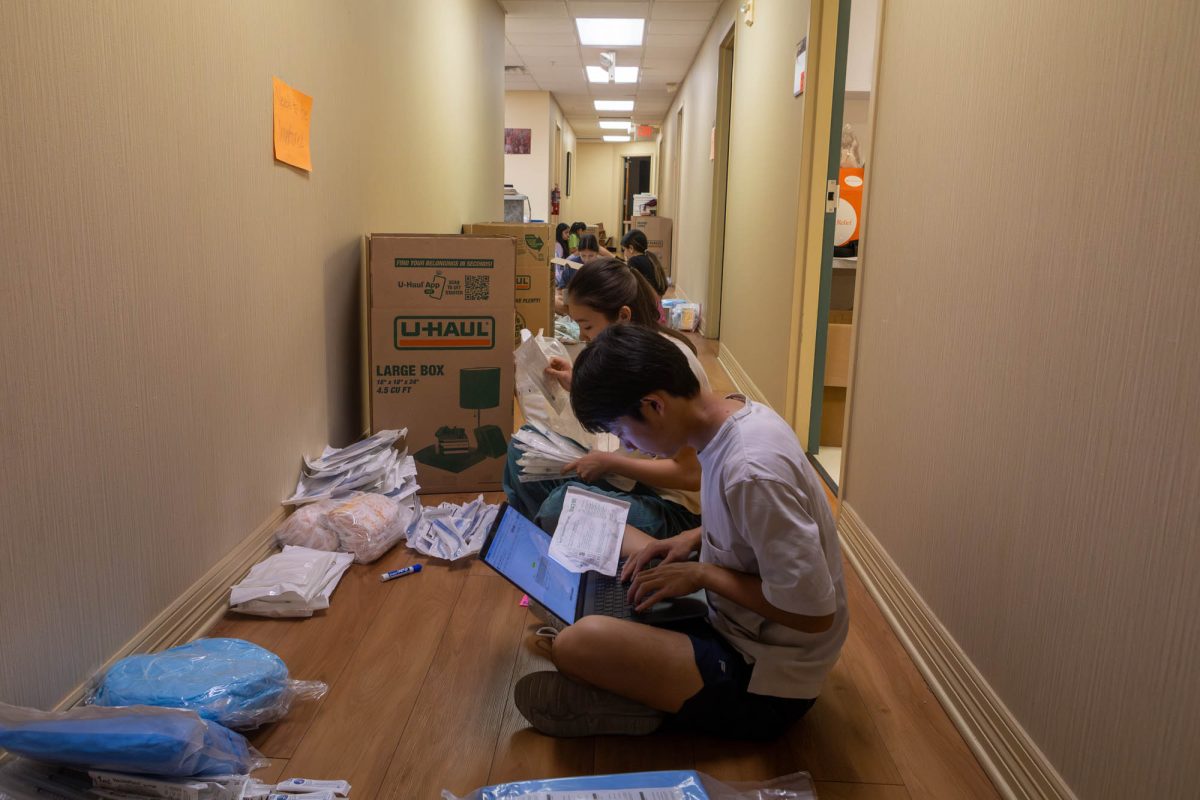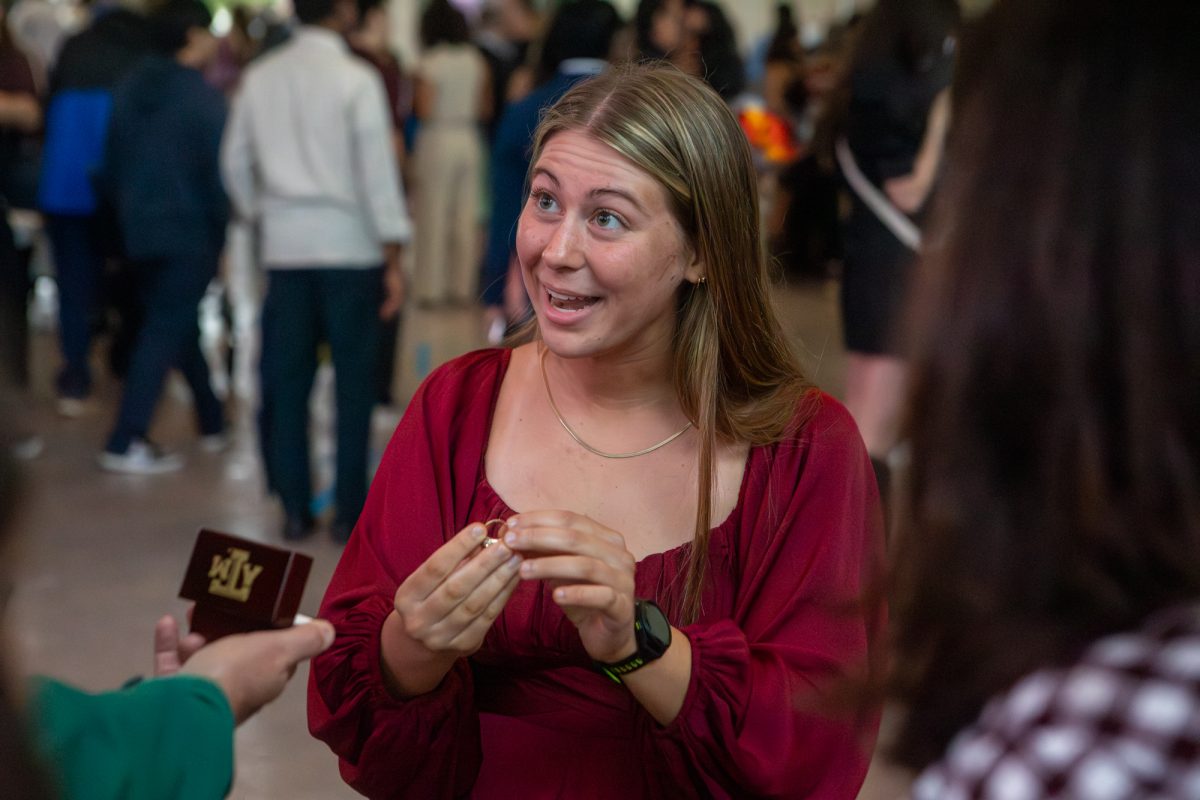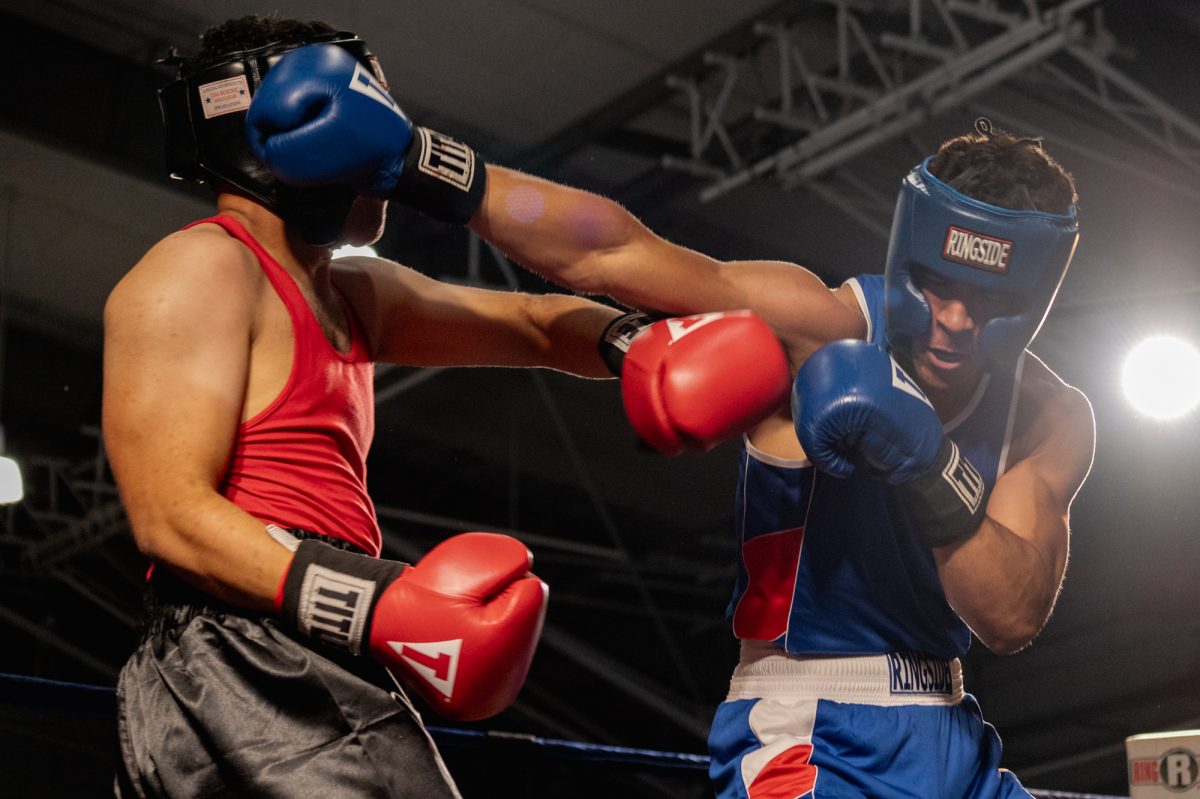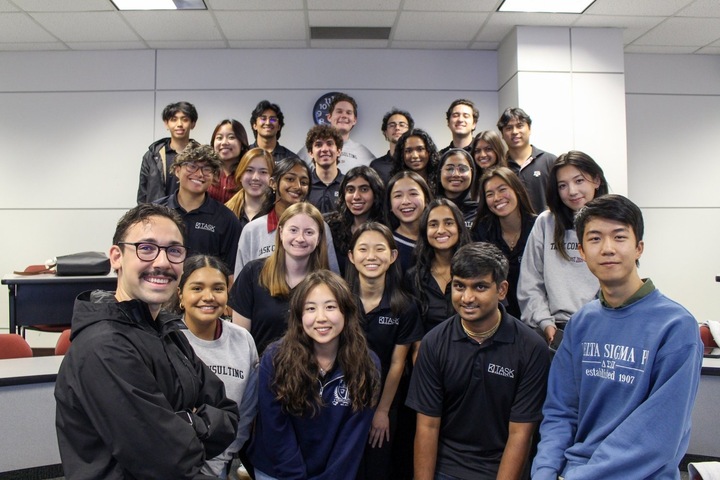Passion is but a prerequisite for a career in the creative arts, yet is not enough of a force to transform a hobby into a career. So, I set out to learn what it takes to become a professional artist from scratch in an interview with Aggie artist Benjamin Knox, a well-known local celebrity.
Coming from humble roots in Lubbock, Knox arrived at Texas A&M University in 1986 as part of Squadron 3 in the Corps of Cadets. Art was not on the forefront of his mind when he was busy creating a successful landscaping business to support his tuition. There was no definite path for his entry into professional art, but he capitalized on a small opportunity to sell emblem designs to his fellow cadets. At the time, Knox said he was, “excited to sell designs for $10 to $100 a piece,” which is far from his current average of $1,000 per painting. Even now, he has no intention of slowing down until he becomes a nationally renowned artist. However, transforming his art hobby into a career was no accident as Knox said.
Here’s how he recognized the opportunities and confronted the risks that presented themselves over his thirty-five-year career.
In art, Knox learned that timing and demand are everything. Art is a sentimental business and he needed to paint when emotions were high, which meant that he could not run a landscaping business on the side. If he tried to do both, then he wouldn’t be great at either. Ungrudgingly, he sold his business to a competitor who was surprised and glad to have less competition. I was intrigued by his willingness to risk a profitable business, so I asked him, “What made you so sure that your artistic efforts would pay off?” He chuckled at my question and admitted that he didn’t know how everything would work out but he knew if he didn’t focus on his craft now, then the moment would pass. He understands the paralyzing nervousness of new paths and suggests doing what you can passionately talk about with anyone, what you can be the best at, and what will generate the most profit. He chose art because he found it at the intersection of these three conditions.
While Knox moved away from College Station to travel, learn and hone his painting skills, he ended up returning a decade later led by the same three conditions. He realized that A&M was the unique niche that he was trying to find and he could be the best at capturing the Aggie spirit in his paintings. Soon after, he opened his gallery in the heart of Aggieland and began making paintings inspired by the community, traditions, sports and sceneries at A&M. He boldly stated during the interview that he “doesn’t want to be a local artist” but rather wanted to “become a trusted art advisor to all Aggies.” You can still find him sporting his Twelfth Man spirit at football games, celebrating with thousands of families on ring days and being a part of every major milestone of A&M.
He also loves being a guest lecturer because it allows him to share his distilled wisdom while learning from his audience. I wanted to know what students could possibly teach him in return, and he simply said that “artists need to stay as close to their patrons as possible because it allows them to know the sentiments of the moment for free.” He was true to his word, because when I sat in on a guest lecture for Edward Rister’s Agricultural Economics class, he asked the students to rate some catchphrases to rebrand his gallery. He got the results effortlessly and he seamlessly moved onto demonstrating the importance of strategic branding. He held up a blank sheet of paper in front of seventy students and asked, “How much would you pay for this sheet of paper?” One amused voice said “ten dollars,” but when Knox went to make that exchange, the student conveniently changed their mind. Next, he asked a volunteer with art experience to sketch a quick portrait while he made a sketch simultaneously. After three minutes, without showing the class the final product, he asked “Which sketch are you willing to pay more for?” An overwhelming number of hands went up for his impromptu sketch. Within minutes, he taught every student in the class that recognition is key to generating value in art.
Sometimes artists are stereotypically considered temperamental people. However, the lesson is that professional artists are masters of both sense and sensibility. Knox revealed that the secret to pioneering an art career lies more in math than art. Knox showed me an astonishing number of graphs and charts based on his hourly time expenditure. He has kept a detailed catalog of his productivity over the years, and just a collage of his graphs could be considered an artwork by itself. As parting words, he encourages budding professionals to choose their teams wisely and fill it with people that support them and counterbalance their weaknesses. He shares his life and work with his wife, Renee Knox, who helps manage the business aspect of his endeavors and is his biggest advocate. She lovingly quips that, “[She] often keeps Knox on task even when all he wants to do is paint in his studio,” because she is equally invested in making him a national artist. This powerful duo knows that timing, demand and teamwork are foremost in art as they continue to forge a national legacy.




